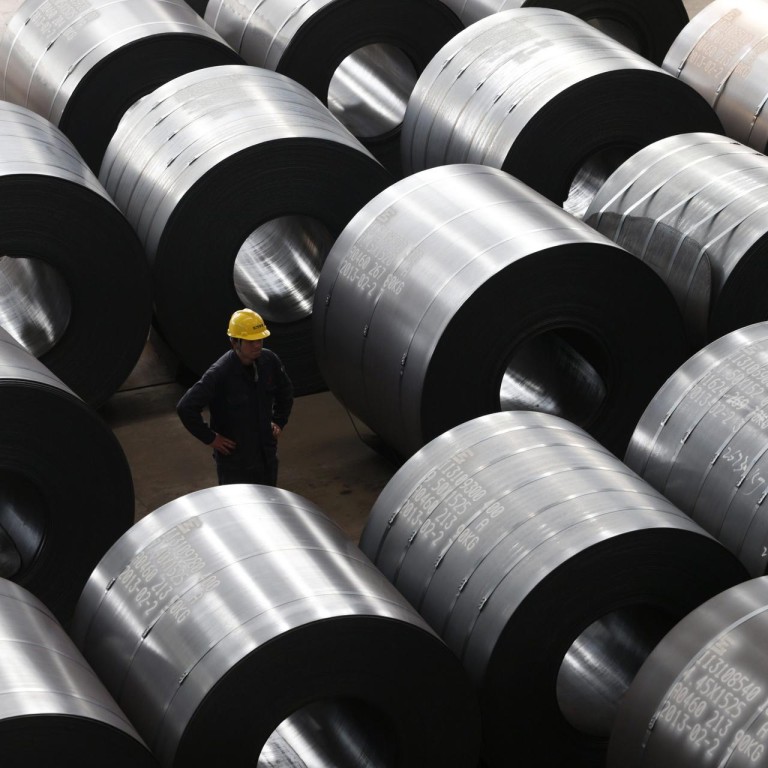
Provinces fall short of growth targets
With the exception of Beijing and Shanghai, all regions had set growth goals above 7.5 per cent, with 30 out of 31 failing to meet them
Almost all provinces on the mainland failed to meet their growth targets in the first quarter even after scaling back their ambitions as the government orders officials to focus on reining in debt and curbing pollution.
Thirty of 31 provinces and municipalities reported missing their goals, with the biggest shortfall in Heilongjiang, where growth was 4.1 per cent compared with an 8.5 per cent target for the year. Most localities' targets are lower than last year.
Premier Li Keqiang risks the nation sliding into a deeper slowdown as the government cracks down on overcapacity in the steel industry, wrestles with shadow banking risks and rolls out economic restructuring measures.
While the government has supported expansion with measures such as reserve-ratio cuts for rural banks, it has so far avoided broader stimulus as Li chases a national growth target of about 7.5 per cent.
"The central government will continue to refrain from all-out stimulus and the slowdown pressure may continue to rise," said Zhu Haibin, the chief China economist with JP Morgan Chase in Hong Kong.
Six provinces missed their goals by more than 3 percentage points. In Hebei, where the government is cutting steel capacity, growth was 4.2 per cent, compared with a target of 8 per cent. The province surrounding Beijing is the country's biggest steelmaker, accounting for about 25 per cent of national output last year, and its cities are shrouded in smog.
The world's second-biggest economy was going through "a difficult period of adjustment", former central bank adviser Li Daokui said.
The government would stabilise growth in the second half, including by speeding economic changes to allow more private investment, Li Daokui said.
In Shanxi, a region hit by slumping coal prices and mine closures, an expansion of 5.5 per cent compared with a full-year target of 9 per cent.
Heilongjiang, Hebei and Shanxi were "all provinces which suffer relatively severe overcapacity", said Ding Shuang, a senior China economist at Citigroup in Hong Kong.
Zhu said provincial goals remained "too high" and that all provinces except Beijing and Shanghai had targeted growth above 7.5 per cent.
Regions have an incentive to avoid inflating growth figures now that officials are being judged on an array of issues including debt and the environment, not only GDP.
The mainland's expansion moderated to the weakest pace in six quarters in the first three months of the year as property construction plunged.
Anhui reported a 9.6 per cent economic expansion in the first quarter, exceeding a goal of 9.5 per cent for the year - the sole region to beat its target.
Guangdong reported growth of 7.2 per cent, compared with a target of 8.5 per cent.
